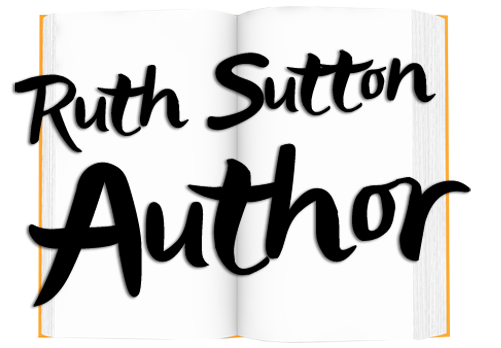Right back to my student days, ensconced in the circular reading room at Manchester Central Library for days at a time, I’ve loved research, digging around, following footnote leads, piecing a picture together and seeing it emerge in all its satisfying complexity. I still love it. The decision to write historical fiction, forty years on from my student days, was partly motivated by the research opportunities. Now the object of my investigation would be the community where I live, a multi-layered fascinating area with a deep dark past in the far north-west of England, too far from the M6 motorway to catch many Lake District tourists. Off I went to the local history libraries and my note books filled up with details of events and people and the way lives were led.
As it turned out, by the time came to write the first novel, I was floundering in the details, which stuck limpet-like and refused to be dislodged, weighing down the action and irritating potential readers. Much of it had to go. ‘Murder your darlings’ I was told on a writing course at the Faber Academy that was too good to ignore. And I did: whole chapters, sub-plots, and characters. Thousands of words fell to the sword.
I read something by Ian Rankin, explaining he does the outline first and then decides what research he needs to do. It made sense, but I think there’s more to the research business than this, at least for me. The first stage is to think, about the characters if they already exist, or the times, or the place, and any potential dilemmas or crises that these might generate. Then for me the first stage of research starts, not looking for details but the the feel of a period or a place. The reading may be wide-ranging, with few notes, just to stimulate and titillate to the imagination. Then an outline begins to emerge: don’t ask me how this works. Ideas just bubble up from somewhere, but there are definitely more of these bubbles if I’ve been reading around, slowly sipping information and letting it ferment.
Then comes the first draft of the outline, usually ‘good in parts’ like the curate’s egg (where did that expression come from?). At this point, as the second outline grows from the first, I begin to realise what I need to find out about. There are specific detailed questions to be answered: how long does it take for a body drowned at that point to wash up somewhere else? Where did ladies go shopping for clothes in Whitehaven in 1937? When did formal adoptions start? and so on. Much of the information is findable on the internet while more arcane details mean another trip to the local history library. Even when the research is limited by this ‘need to know’ process, much of what I find out will never make it into the final text. Too much, too specific, unnecessary, intrusive, cut it out. Out of pages of notes you might be left with a glimpse, a smell, an aside, but it will carry all the authenticity you need and the rest is superfluous.
Is research necessary? Absolutely. One bad mistake and the reader’s trust can be damaged beyond repair. But the most common problem is too much rather than too little. Up to a point, authentic detail is admirable and necessary; beyond that point it’s just irritating. It’s a fine line. Whoever edits your books needs to be alert to the possibility of research overload and use their metaphorical red pencil when the line is crossed. As the author you might be disappointed by this apparent disrespect, but you’ll be grateful later. Beware of any novel where the blurb refers to ‘meticulous research’, which must be euphemism for ‘tedious name-dropping’. I could provide examples, but instead I’ll respect the commitment of the author to historical veracity and then read something else.

Recent Comments